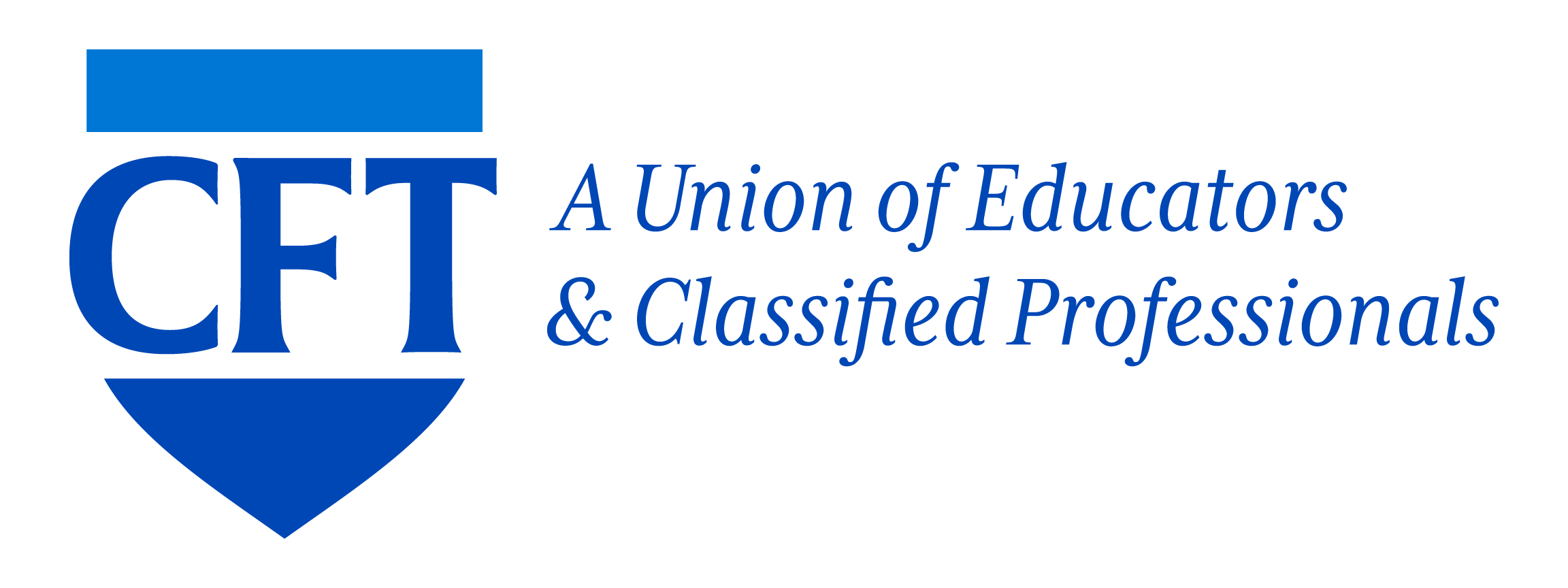COVID-19: Union toolkit for California educators and staff
Your health, your workplace rights, and collective bargaining
Our union toolkit is packed with guidance bulletins and other resources from AFT. Topics range from guidance for your personal health, to your division of education, to collective bargaining for union leaders. Click on the topics below to find the information you need.

